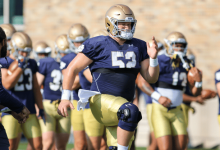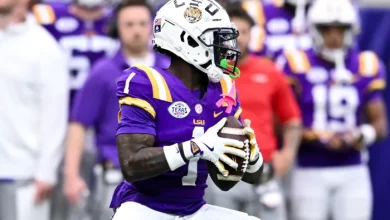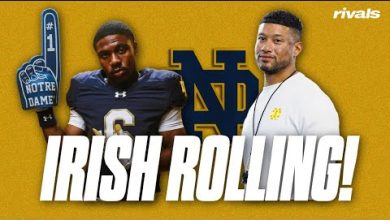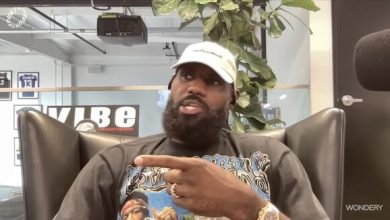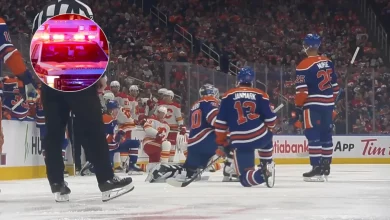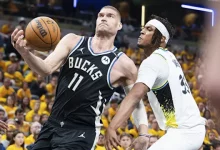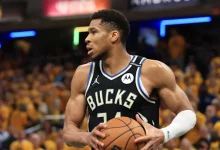New York Rangers need to find a solution with defenseman Zac Jones
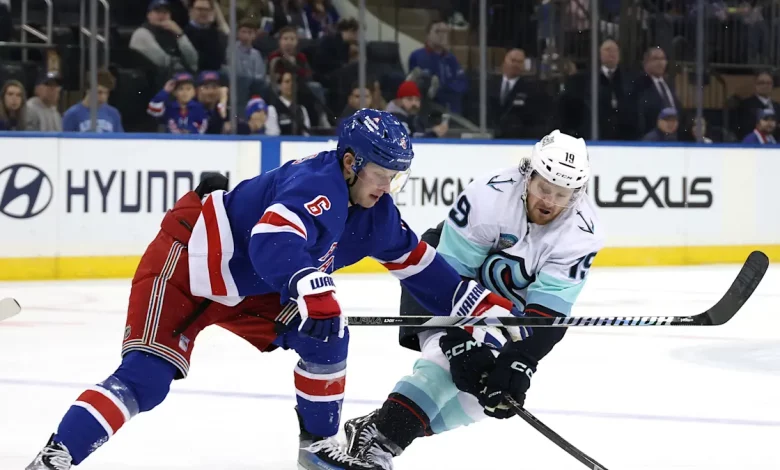
As the New York Rangers continue their push for playoff contention in the 2025 NHL season, one area that has garnered attention is the status of defenseman Zac Jones. The 22-year-old blue-liner, who has shown flashes of promise but has struggled to find consistency at the NHL level, presents a key question for the Rangers moving forward: What should the team do with Jones? The solution surrounding his role could have lasting effects on the Rangers’ roster construction and their ability to compete for championships in the near future.
This analysis will delve into Zac Jones’ journey in the NHL, assess the Rangers’ current situation with their defensive unit, and explore potential solutions for managing Jones’ future with the team. Whether it’s a question of role, development, or a potential trade, the Rangers must address what has become an increasingly pivotal issue.
1. Zac Jones: From Prospect to NHL Opportunity
Zac Jones was drafted by the New York Rangers in the third round of the 2019 NHL Draft (68th overall) after an impressive college career at UMass Amherst. Known for his strong skating, offensive upside, and solid vision, Jones quickly garnered attention as a potential contributor to the Rangers’ defense corps. He was considered a high-upside prospect with the potential to develop into a top-four defenseman, thanks to his smooth skating and offensive instincts.
After a successful stint in the NCAA and a brief period in the AHL with the Hartford Wolf Pack, Jones was called up to the NHL in 2021. He made an immediate impact with his mobility, poise under pressure, and ability to make quick, effective passes out of the defensive zone. His puck-moving ability was especially valuable in the Rangers’ up-tempo system, where speed and transition play are paramount.
However, while Jones showed promise, he struggled with consistency at the NHL level. He has often found himself bouncing between the NHL and the AHL, unable to secure a permanent spot on the Rangers’ blue line. While his flashes of brilliance have been exciting for Rangers fans, the lack of stability has raised questions about his long-term role with the team.
2. The Rangers’ Defensive Unit and Current Needs
The New York Rangers are a team that, while having significant strengths on offense, needs reliable defense to back up their high-powered attacking game. With elite talent like Igor Shesterkin in net, the Rangers have the potential to be a Stanley Cup contender, but the defense must be structured and dependable for that to happen.
At the top of the Rangers’ defensive depth chart are stars like Adam Fox and K’Andre Miller. Fox, a former Norris Trophy winner, is one of the league’s premier defensemen, excelling at both ends of the ice. Miller, with his physicality and growing offensive game, has also become a mainstay in the Rangers’ lineup. These two represent the cornerstone of the Rangers’ defense, giving the team stability on the back end.
Beyond these two, however, the Rangers have struggled to solidify their third pairing and depth roles. The likes of Jacob Trouba and Braden Schneider are reliable contributors, but they aren’t necessarily the high-end playmakers that Fox and Miller represent. This gap in overall talent has made it difficult for the Rangers to create a cohesive, deep defense corps capable of contending with the NHL’s best.
This is where Zac Jones could potentially fit in. As a player with upside, Jones could be the missing piece for the Rangers if they can find a role that aligns with his skillset. However, for that to happen, the Rangers will need to resolve how to incorporate him into a defense group that already includes established players.
3. Zac Jones’ Strengths and Weaknesses
To understand how the Rangers can best use Jones, it’s essential to break down his strengths and weaknesses as a player.
Strengths:
- Skating: Zac Jones is known for his impressive skating ability, which is often cited as one of his most attractive attributes. He’s able to skate smoothly through the neutral zone and help transition the puck from defense to offense. His quick feet and agility make him an effective player on the rush, and he has the ability to keep up with the speed of the game, especially in today’s fast-paced NHL.
- Offensive Ability: Jones is an offensive-minded defenseman with a good shot and a knack for making plays in the offensive zone. He has a quick release on his shots from the point and is adept at finding passing lanes to set up scoring chances. Jones also has the ability to join the rush and contribute as an extra attacker, something that fits well in the Rangers’ up-tempo offensive system.
- Poise Under Pressure: One thing that has stood out in Jones’ development is his poise with the puck. While he’s not always the most physical defenseman, he does a good job of making smart, quick decisions when under pressure. His ability to make the right pass or clear the puck efficiently is something that benefits his team, especially when playing in tight situations.
Weaknesses:
- Defensive Consistency: One of the biggest concerns about Zac Jones’ game is his defensive reliability. While he’s a good skater, he sometimes gets caught in compromising positions and struggles to win battles along the boards or in front of the net. Jones has the tendency to get out-muscled by bigger, stronger forwards, especially when defending in tight areas. He often lacks the physicality to defend against more aggressive forwards in the NHL, making him a potential liability in certain situations.
- Size and Physicality: Jones is not a particularly big player, standing at 5’11” and weighing 185 pounds. While he’s a great skater and an effective puck-mover, he can struggle against larger opponents who use their size to gain positioning. In today’s NHL, physicality is still an important part of the game, and Jones’ lack of size means he’s at a disadvantage when it comes to board battles and clearing the crease.
- Inconsistency: A common critique of Jones has been his inconsistency. While he has shown flashes of brilliance, particularly with his puck-moving ability, he has also been prone to turnovers and lapses in judgment, particularly in his own end. This inconsistency has made it difficult for the Rangers to trust him as a permanent fixture in their lineup, and it’s been one of the factors keeping him in a rotational role between the NHL and AHL.
4. Potential Solutions: How to Use Zac Jones Going Forward
Now that we’ve established Zac Jones’ strengths and weaknesses, the question becomes: What is the best way for the Rangers to move forward with him? There are several potential solutions, depending on what the team’s coaching staff and management decide to do.
1. Develop Him as a Third Pairing Defenseman
Given his mobility and offensive upside, one option is for the Rangers to develop Jones into a reliable third-pairing defenseman. This would involve pairing him with a more defensively-minded partner, where he could focus on his strengths—skating, puck movement, and contributing offensively—without being tasked with heavy defensive responsibilities.
In this role, Jones could help the Rangers generate offense from the back end, joining the rush and contributing on the power play as a second-unit option. His quick feet would also allow him to cover for his partner if he gets caught out of position. By giving him a defined role with limited defensive duties, the Rangers could help Jones build confidence while continuing to develop his overall game.
2. Trade or Loan Him for More Development Time
If the Rangers feel that Jones has plateaued and is unlikely to develop into a top-four defenseman, a trade could be a possibility. While this would be a tough decision given his potential, sending Jones to another team could provide him with a fresh opportunity to play a more prominent role. Alternatively, the Rangers could look at loaning him to a team where he can receive more consistent NHL minutes to further hone his game.
A trade might bring back assets, such as a veteran defenseman or a draft pick, which could help strengthen the Rangers’ overall roster. However, it’s important to note that the team would need to properly assess his value on the market, as Jones still carries potential, particularly as a power-play contributor.
3. Focus on Developing Him in Hartford (AHL)
Another solution would be to allow Jones to continue developing in the AHL with the Hartford Wolf Pack. While this might not be the most ideal scenario for Jones, continued development in a more controlled environment could allow him to refine his game, particularly defensively. The AHL offers him a chance to work on his physicality, defensive positioning, and overall consistency without the pressures of playing in the NHL.
This path would require patience on the Rangers’ part, but it could ultimately pay off by giving Jones the tools he needs to succeed at the highest level.


